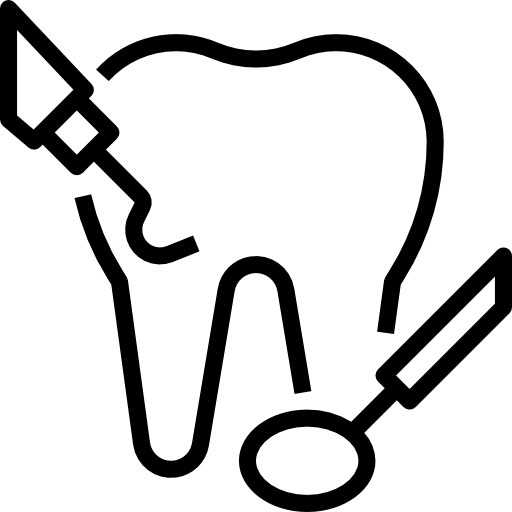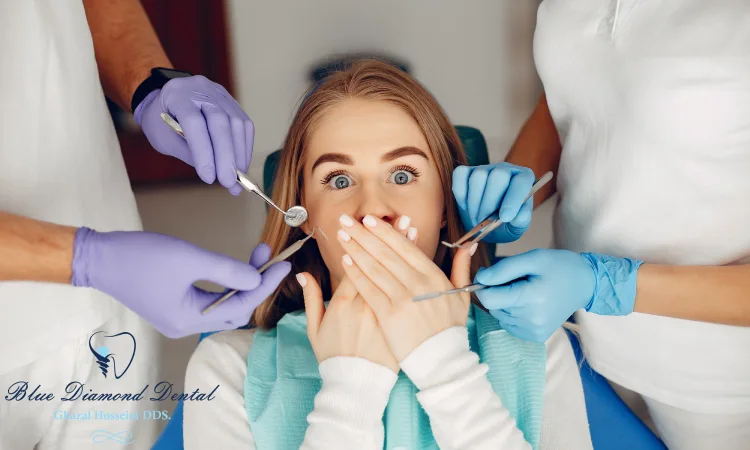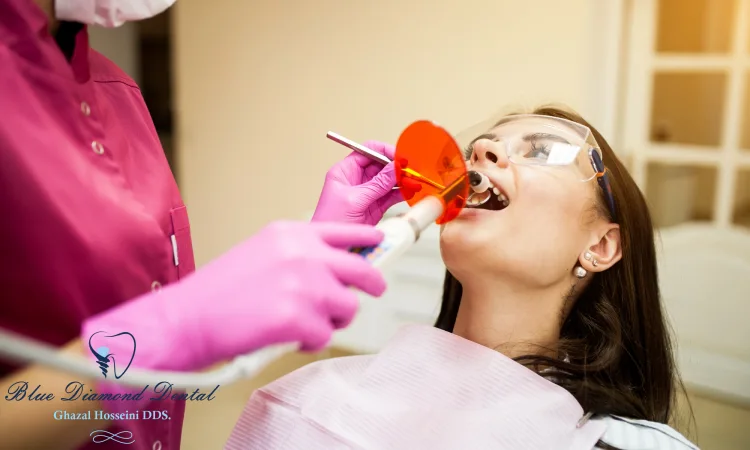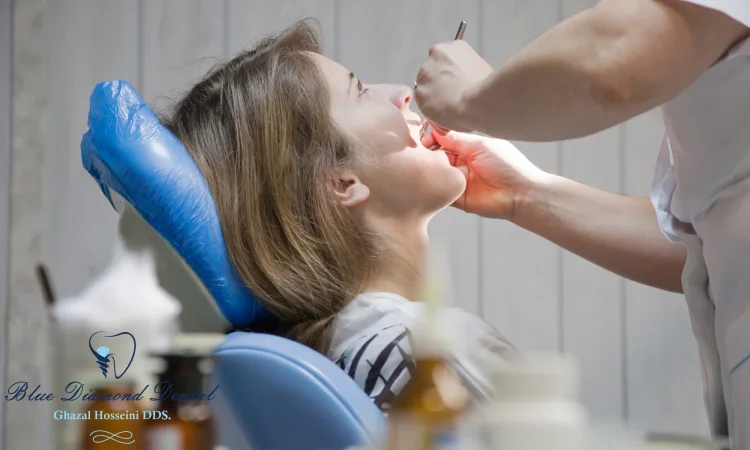- Home
- Services in Blue Diamond Dental

Orthodontics

Pediatric Dentistry
Dental Space Maintainers
Fluoride Treatment
Dental Pulp Treatment
Dental Sealants
Dental Fillings

Cleaning & Prevention

Surgical Dentistry
Tooth extraction
Tooth Extraction Membrane Fell Out
Surgical Placement
Dental bone graft - Contact Us
- About Us
What is a prophylaxis dental cleaning?
A prophylaxis dental cleaning, often referred to as a regular cleaning or dental check-up, is an essential part of maintaining oral health and preventing dental problems. This procedure involves the removal of plaque, tartar, and stains from the teeth using specialized tools and techniques. It also includes a thorough examination of the mouth to detect any potential issues such as cavities, gum disease, or oral cancer.

One important benefit of prophylaxis dental cleanings is their role in preventing gum disease. Gum disease, also known as periodontal disease, occurs when bacteria build up along the gumline and cause inflammation and infection. Regular dental cleanings help remove plaque and tartar, which are major contributors to gum disease. By keeping your gums healthy through prophylaxis cleanings, you can avoid more severe symptoms such as bleeding gums, bad breath, tooth loss, or even systemic health problems like heart disease.
What is included in dental prophylaxis?
Dental prophylaxis, commonly known as dental cleaning, is a crucial part of maintaining oral health. It involves several essential procedures that go beyond the traditional brushing and flossing routine. One key aspect of dental prophylaxis is scaling, where the dental hygienist removes plaque and tartar buildup from the surface of your teeth and gums. This process not only improves oral hygiene but also helps prevent gum disease.

Another vital component of dental prophylaxis is polishing. After scaling, the dentist or hygienist uses a special tool to polish your teeth meticulously. This step not only gives your teeth a smooth and shiny appearance but also helps remove any remaining stains and bacteria on the tooth surfaces. Additionally, polishing can contribute to preventing future plaque buildup by creating a smoother surface for better oral hygiene maintenance.
Furthermore, fluoride treatment is often included in dental prophylaxis to strengthen tooth enamel and protect against decay. The application of fluoride can come in the form of gel or varnish, which is typically left on the teeth for a few minutes before being rinsed off. This process aids in remineralizing weakened areas and making them more resistant to acid attacks from bacteria in the future.
Overall, dental prophylaxis combines these procedures – scaling, polishing, and fluoride treatment – to provide a comprehensive approach to oral care. By undergoing regular cleanings every six months or as recommended by your dentist, you can ensure healthier teeth and gums while preventing potential gum diseases such as gingivitis or periodontal.
Is prophylaxis cleaning the same as deep cleaning?
Prophylaxis, commonly known as regular dental cleaning, focuses on the prevention of gum diseases and tooth decay. This routine procedure involves the removal of plaque and tartar buildup above the gum line, ensuring that your teeth stay clean and healthy.

On the other hand, deep cleaning, also known as scaling and root planing, is a more extensive treatment often recommended for patients with periodontal disease. Unlike prophylaxis cleaning, which primarily targets the visible surface area of your teeth, deep cleaning goes beneath the gum line. It involves removing built-up tartar from both above and below the gums while also smoothing out any rough spots on the tooth roots to discourage future bacteria growth.
Therefore, while prophylaxis dental cleanings provide essential maintenance to keep your smile shining bright, deep cleanings are necessary when specific gum issues arise. Understanding their differences can help you make informed decisions about which treatment is right for you during your regular visits to the dentist. So next time you hear these terms tossed around at your dental appointment or in conversation with friends, feel confident in knowing what each procedure entails – because knowledge is power when it comes to safeguarding your oral health!
How long does prophylaxis cleaning take?
Many patients often wonder how long this process takes, as they may need to schedule the appointment around their busy lifestyle. The duration of prophylaxis cleaning can vary depending on several factors, such as the condition of your teeth and gums, any underlying dental issues, and personal oral hygiene habits.

On average, a routine prophylaxis cleaning typically takes about 30 to 60 minutes. During this time, your dental hygienist will meticulously remove plaque and tartar buildup from the surfaces of your teeth using specialized instruments. They will also give attention to hard-to-reach areas where regular brushing and flossing might need to be noticed. Additionally, they may perform a thorough examination of your mouth to check for signs of gum disease or other oral health problems.
It’s important to note that if you have not had professional teeth cleaning in some time or if there are any concerns regarding your dental health, the duration of prophylaxis cleaning may extend beyond the average timeframe. In such cases, deep cleanings might be necessary to address more extensive tartar accumulation or gum inflammation. Remember that prioritizing regular dental cleanings helps prevent future complications and maintains a healthy smile for years to come!

